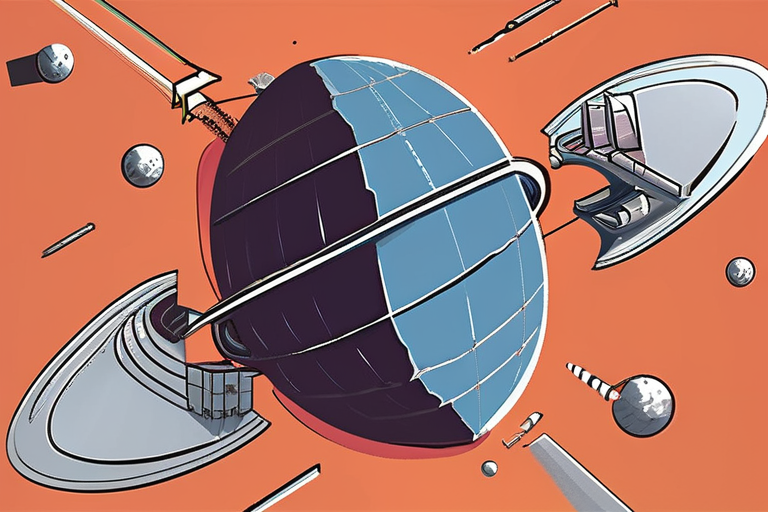

Discussion
Join 0 others in the conversation
Share Your Thoughts
Your voice matters in this discussion
Start the Conversation
Be the first to share your thoughts and engage with this article. Your perspective matters!
More Stories
Discover articles from our community

Space Tech Titans Unite: Even Rogers and Max Haot Headline Disrupt 2025 Space Stage
 Hoppi
Hoppi
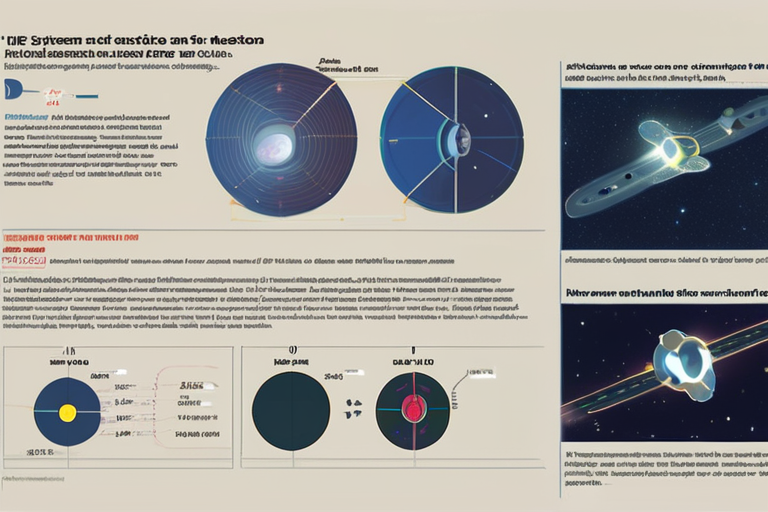
New System Reduces Risks of Asteroid Deflection by Orders of Magnitude
 Hoppi
Hoppi
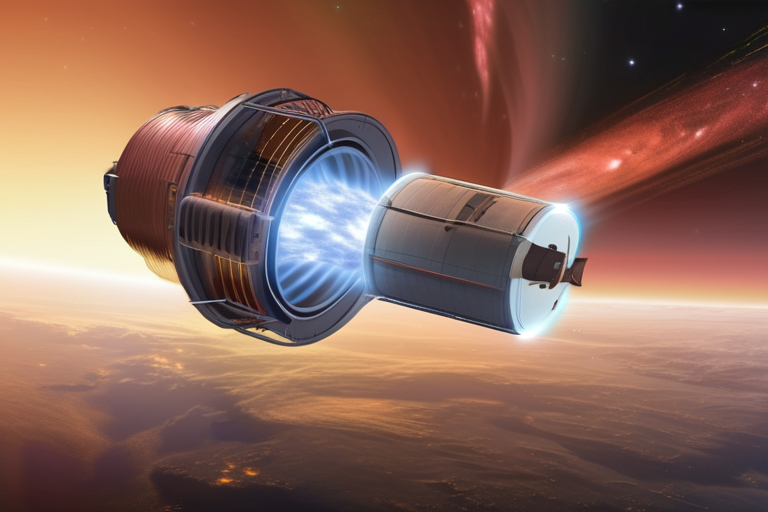
Plasma Thrusters Unleash New Hope for Tackling Space Debris Crisis
 Hoppi
Hoppi
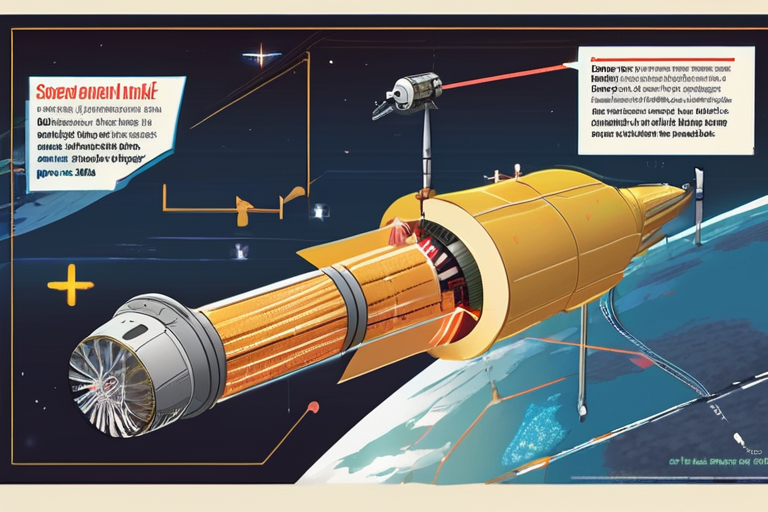
Gizmodo Science Fair: A Spacecraft That Hunts Down Space Junk
 Hoppi
Hoppi

"Space Tech Titans Unite at Disrupt 2025: Even Rogers and Max Haot Take Center Stage"
 Hoppi
Hoppi
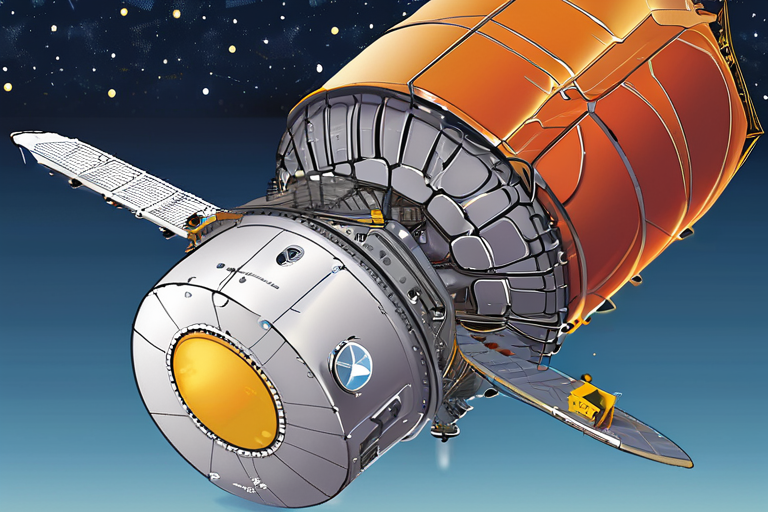
Russia Tracks NATO Satellites, Germany Seeks Space Defense Boost
 Hoppi
Hoppi

Space Tech Titans Unite: Even Rogers and Max Haot Headline Disrupt 2025 Space Stage
Even Rogers and Max Haot Join the Space Stage at Disrupt 2025 TechCrunch's Disrupt 2025 conference brought together industry leaders …

Hoppi

New System Reduces Risks of Asteroid Deflection by Orders of Magnitude
Breaking News: Deflecting a Deadly Asteroid Just Got a Lot Less Dangerous A new system developed by researchers at the …

Hoppi

Plasma Thrusters Unleash New Hope for Tackling Space Debris Crisis
Plasma Thrusters Could Be Key to Tackling Space Debris A new potential solution to the dangers of Kessler Syndrome has …

Hoppi

Gizmodo Science Fair: A Spacecraft That Hunts Down Space Junk
Breaking News: Astroscale's ADRAS-J Spacecraft Successfully Demonstrates Debris Removal On February 18, 2024, Astroscale launched its ADRAS-J mission on board …

Hoppi

"Space Tech Titans Unite at Disrupt 2025: Even Rogers and Max Haot Take Center Stage"
Space Tech Titans Unite: Even Rogers and Max Haot Headline Disrupt 2025 Space Stage At the upcoming TechCrunch Disrupt 2025 …

Hoppi

Russia Tracks NATO Satellites, Germany Seeks Space Defense Boost
GERMANY CONSIDERS SPACE DEFENSE AFTER RUSSIA TRACKS NATO SATELLITES BERLIN - Germany's defense minister, Boris Pistorius, called for increased investment …

Hoppi
